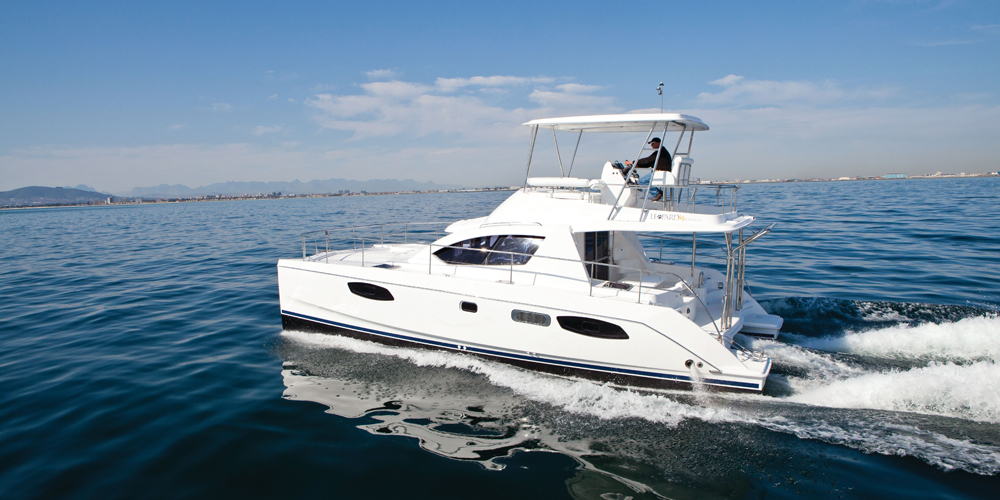Congratulations! You were just handed the keys to your next dream boat. All you can think about is how great it is going to feel sliding through the waves on the way to your next island destination. While it won’t be long before you are underway, a preventative maintenance system must be set up to ensure you will be spending more time cruising, and less time on the dock waiting on repairs.
The most important first step is to set up a maintenance / repair log. While well-organized maintenance logs can be purchased through a majority of marine equipment stores, it can also be as simple as purchasing a hard cover ledger with lines. Regardless, of how you set up your maintenance log, all maintenance and repair activities need to be recorded with a date, engine / generator hours, what equipment was replaced or repaired, and any servicing that was done. A well-written maintenance and repair log will be very important when troubleshooting problems, briefing equipment technicians / dealers, ordering parts, evaluating system performance, and if you ever have to consider selling the boat. (to upgrade in size, of course!)
The second part of ensuring a proper maintenance program is to set up a maintenance schedule. While time consuming initially, once you have researched and written out your schedule, the actual implementation will go much smoother. Work through each piece of equipment on the boat individually, research the brand and model, and look for required or recommended maintenance. Don’t forget to include any parts and equipment needed to complete the task. Most maintenance schedules will be broken down into a weekly, monthly, quarterly, and annual basis. Some equipment like engines and generators will base regular maintenance on hours. For these type tasks, make a reminder to check hours on the appropriate basis.
The third part of a strong maintenance program is to have a procedure list. Each scheduled maintenance event should have a basic procedures list which describes how the task will be completed properly, and what will be needed to complete the task. For example, look at the following maintenance item.
Weekly / After Each Use
Boat exterior wash down
- Secure all hatches to avoid water leaks
- Attach water hose to dock or onboard water system if at anchor / moored (water hose)
- Screw on spray attachment to the hose (Sprayer)
- Spray down entire boat with fresh water
- Prepare a bucket with high concentration boat soap and long boat brush (bucket, boat soap, boat brush)
- Brush over complete boat exterior with soap
- Spray off / rinse with fresh water
- Squeegee windows to avoid permanent spotting (Squeegee)
- Wipe down rails, acrylics, to avoid spotting and scratching (microfiber towels)
- Wipe all metal down with polish (microfiber, metal polish)
For this task, you would need to have the following equipment organized in the most accessible place on the boat since it is a “weekly” task.
- Water hose
- Sprayer
- Bucket / tub
- Boat soap
- Long boat brush
- Squeegee
- Microfiber towels
- Metal polish
I think you will find in research that there is “more than one way to skin a cat”. There are many different soaps, brushes, containers, etc. It is important to research and evaluate the best methods for your particular boat based on your situation. You can do this by utilizing various social media platforms for boat owners, and subscribing to specific publications for your style of boat. Also, expect that your maintenance log, schedule, and procedures will be a work in progress. You may start out doing a task one way, only to read about another method using a different type of equipment that has worked for other owners of the same type boat.
Regardless of how you run your preventative maintenance program, having an accurate maintenance log, schedule, and proper procedures will lead to many great years of boating.

